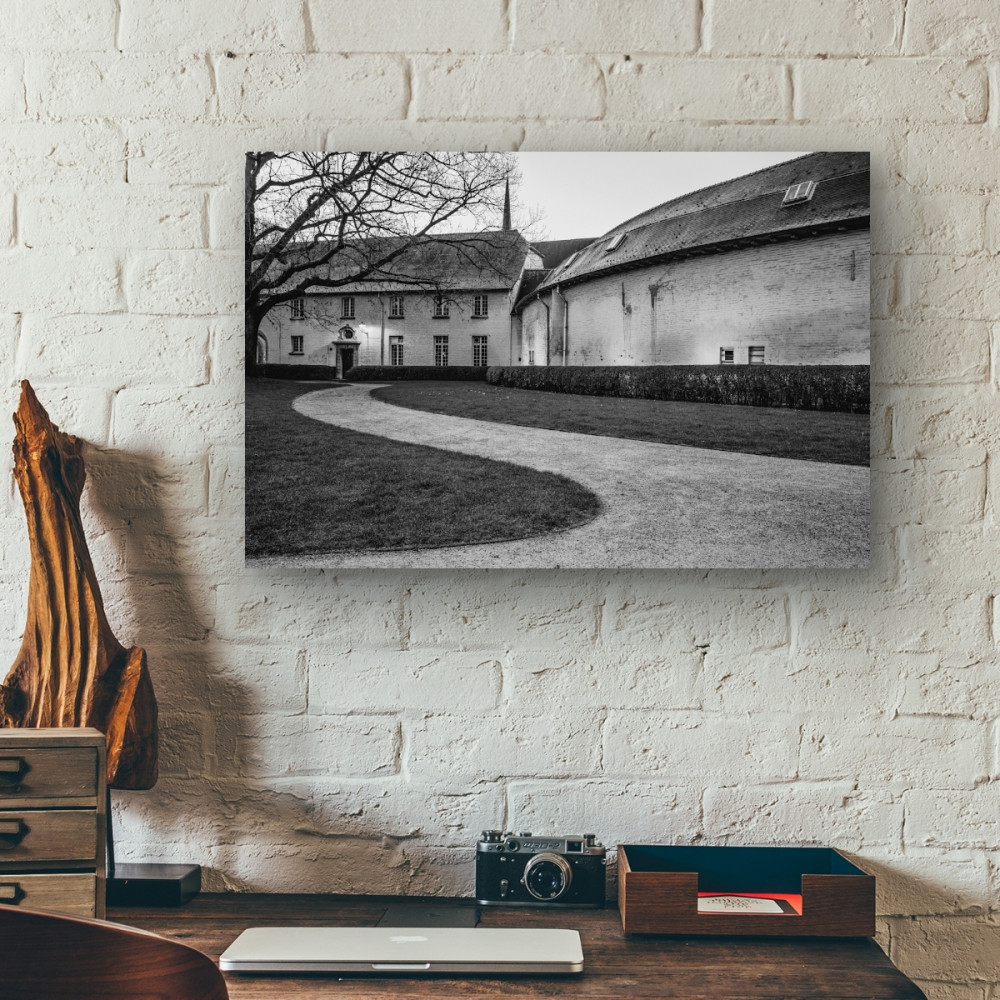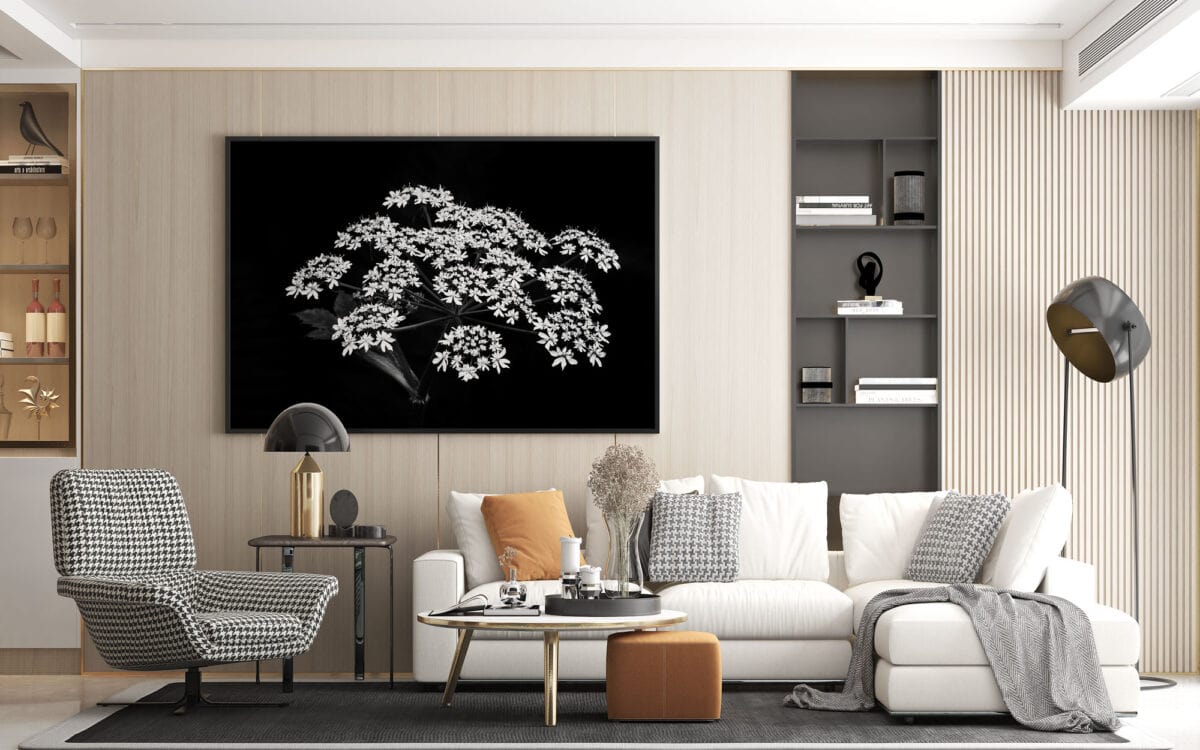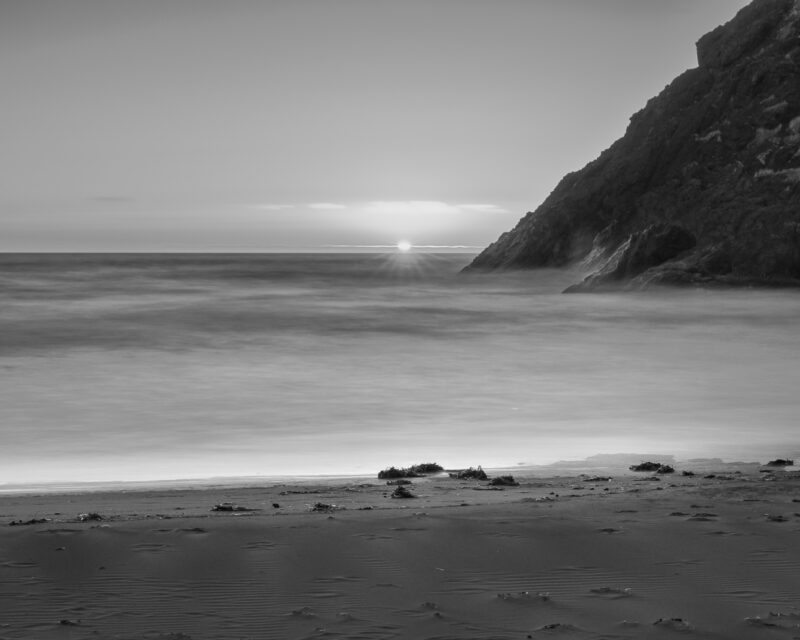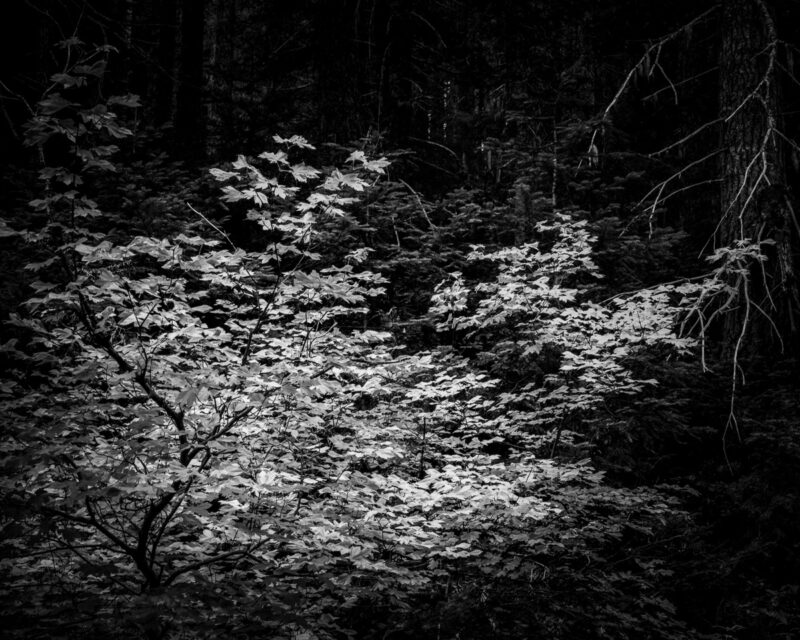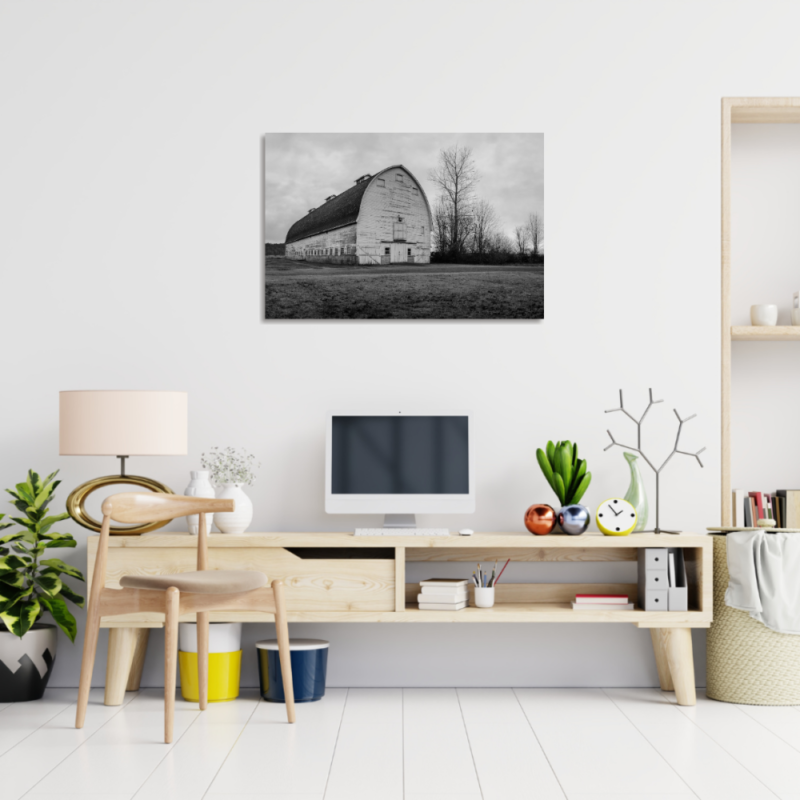When displaying fine art prints in your home, the beauty of the art lives or dies by one critical factor: the lighting. Whether it’s the soft glow of evening light or the brilliant beams of afternoon sun, how a piece of art is lit changes everything about how you see it.
The lighting in your space is as important as the artwork itself. When you bring a print into your home, the lighting will bring it to life or, sometimes, diminish its impact. It’s about more than adorning the wall with something beautiful. You’ve got to consider the environment it’s entering.
Let’s dive into some key things to remember when lighting your space for art.
The Room’s Lighting Defines the Medium
When creating custom photography prints, I ask about the lighting conditions in the room where clients plan to hang them. This helps me determine what medium to recommend, as different spaces need different approaches.
For instance, a dark hallway differs entirely from a bright living room filled with natural sunlight. If you hang art in a dark area, the print will need good artificial lighting or feel lifeless. In contrast, a bright room with large windows brings its own set of challenges. Avoiding glare from direct sunlight requires proper planning.
Most prints display nicely in a well-controlled, well-lit space, such as those with overhead can lights or gallery-style lighting. I recommend using diffused or indirect lighting to minimize glare and bring out the best in the print.
The Subtle Role of Color Temperature
Another critical factor when lighting your art is color temperature. Color temperature refers to the warmth or coolness of a light source, measured in Kelvin. It’s not something most people think about, but it affects how your art looks. Different light sources have different color temperatures, which means they cast different hues on the artwork.
A warm, yellowish light has the power to cast a golden glow on everything, while a cool, blue-toned light can make art feel colder. If you’re displaying black-and-white photographs, this is especially important. Deep contrasts get muddled with too much warmth and washed out with too much cool light.
One trick I tell my clients is this: If you’re unsure how a piece of art looks in your room, take it outside into the natural sunlight. Look at it there and compare. If it looks better outdoors than indoors, your lighting needs work. Natural light has the broadest and most accurate spectrum, giving you a real sense of the art’s full potential.
Sunlight: A Blessing and a Curse
Speaking of sunlight, let’s discuss its long-term effects. We love feeling the sun streaming through the windows, but prolonged exposure to direct sunlight is one of the quickest ways to ruin a fine art print. Even with UV-protective coatings, sunlight will fade the colors or damage the print’s surface over time.
If your art will hang in a sun-drenched room, consider using UV-protective glass or acrylic to block harmful rays. Be aware that some protective glazing casts have a slight color tint. I’m happy to work with you to create a custom solution that preserves the art and enhances its beauty in your space. But, the best protection for any print is to avoid direct sunlight altogether.
The Human Touch
Art isn’t like a computer monitor or a screen. It doesn’t project light out; it absorbs and reflects the surrounding light. Your light choice determines the print’s success in your space.
Reach out if you’re feeling stuck or unsure. I’m available to offer guidance. Whether recommending a medium, adjusting the print size, or helping you reimagine where the piece will live in your home, we can work together to ensure your art shines in its best light.
In the end, displaying art is a personal experience. It’s about creating a space that speaks to you and reflects the beauty of what you love. Your home has the potential to become a personal gallery with the proper lighting, allowing each print to share its unique story.
Further Reading:
Why Buying from an Independent Artist Makes a Difference

